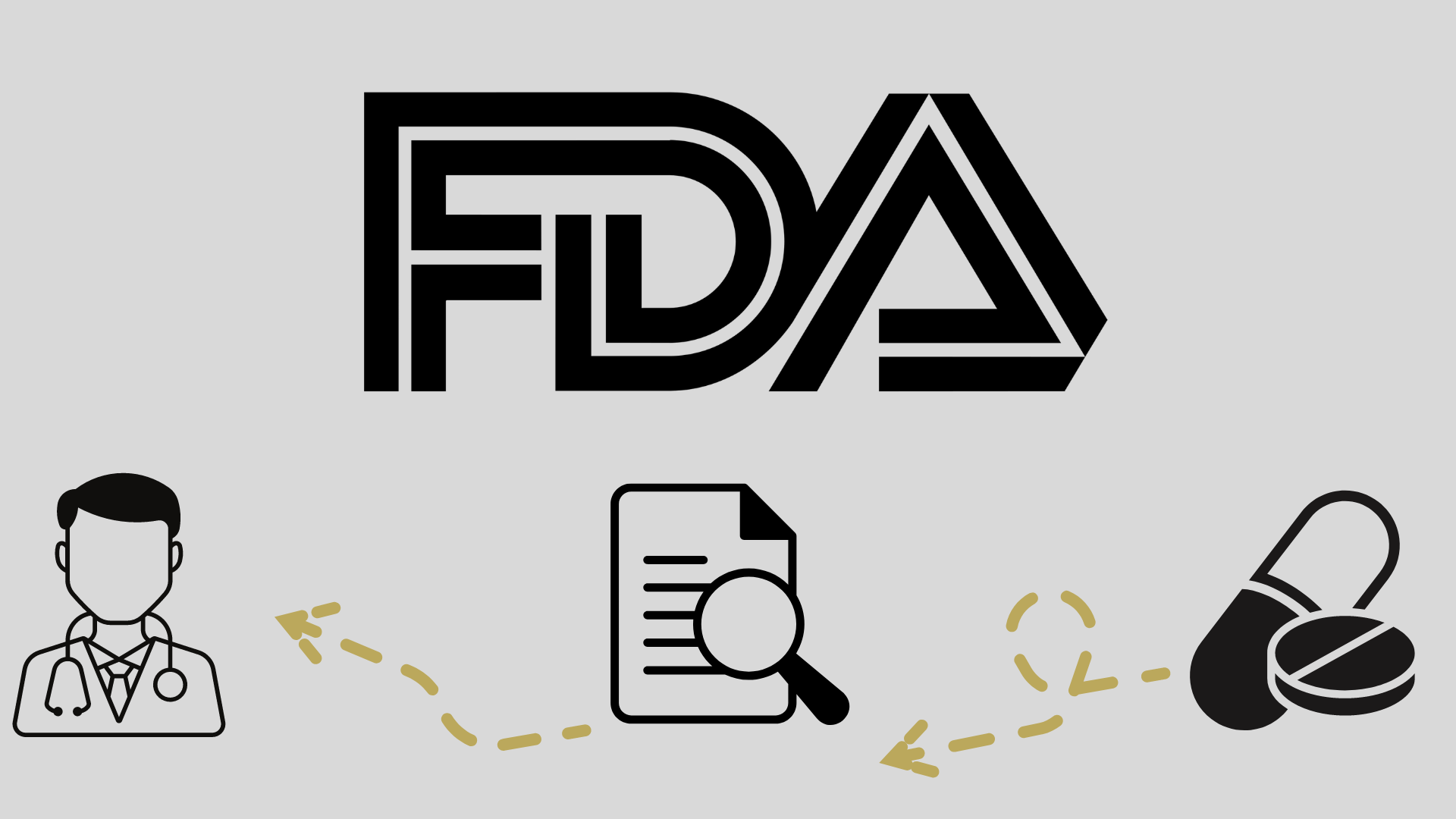
FDA Approves Daratumumab Plus VRd in Newly Diagnosed Multiple Myeloma

Findings from the phase 3 PERSEUS study support the approval of subcutaneous daratumumab and bortezomib, lenalidomide, and dexamethasone in this patient population.
- Daratumumab and hyaluronidase-fihj regimen (Darzalex Faspro) in combination with bortezomib (Velcade), lenalidomide (Revlimid), and dexamethasone (D-VRd) has been approved by the FDA for the treatment of patients with newly diagnosed multiple myeloma who are eligible for autologous stem cell transplant (ASCT).
- The regimen has shown promising results in the phase 3 PERSEUS study (NCT03710603) for treating newly diagnosed multiple myeloma.
- An improvement in progression-free survival (PFS) was observed in the D-VRd arm vs the VRd arm.
The FDA has approved subcutaneous daratumumab plus VRd for induction and consolidation in patients with newly diagnosed multiple myeloma who are eligible for ASCT.1
The approval is supported by findings from the phase 3 PERSEUS study that were presented at the
Regarding safety, the most common adverse events occurring in at least 20% of patients were peripheral neuropathy, fatigue, edema, pyrexia, upper respiratory infection, constipation, diarrhea, musculoskeletal pain, insomnia, and rash.
Updated findings on minimal residual disease (MRD) were presented at the 2024 American Society of Clinical Oncology (ASCO) Annual Meeting.Data showed that in the D-VRd arm, higher rates of complete response at the end of consolidation were seen (44.5%) vs in the VRd arm (34.7%), as well as maintenance (87.9% vs 70.1%). Rates of MRD negativity at 10-6 increased over time and were consistently higher in the D-VRd vs VRd arm at 12, 24, and 36 months with rates of 43.9% vs 20.9% (P =.0001), 57.7% vs 27.4% (P =.0001), and 63.9% vs 30.8% (P =.0001), respectively.3
“
About the Phase 3 PERSEUS Study
To be eligible for
In the control arm, patients received 1.3 mg/m2 of subcutaneous bortezomib on days 1, 4, 8, and 11, plus 25 mg of oral lenalidomide on days 1 through 21 and 40 mg of oral or intravenous dexamethasone on days 1 through 4 and 9 through 12 as induction prior to transplant. After, patients received the same schedule of VRd, followed by 10 mg of oral lenalidomide on days 1 through 28 until disease progression.
In the investigational arm, patients received 1800 mg of subcutaneous daratumumab every 2 weeks plus the same schedule of VRd as induction treatment. After ASCT, patients received D-VRd as consolidation, followed by daratumumab at 1800 mg every 4 weeks plus lenalidomide at 10 mg on days 1 through 28.
If patients were MRD-positive in the investigational arm after maintenance, they continued to received DR until disease progression. If patients were MRD-negative in with a complete response (CR) for at least 12 months following at least 24 months of maintenance therapy, they could discontinue daratumumab. Daratumumab was restarted if the disease fell out of CR without evidence of disease progression or MRD recurrence.
The primary end point of the study was PFS. Secondary end points included the overall CR rate, overall MRD-negativity rate, and overall survival.










































